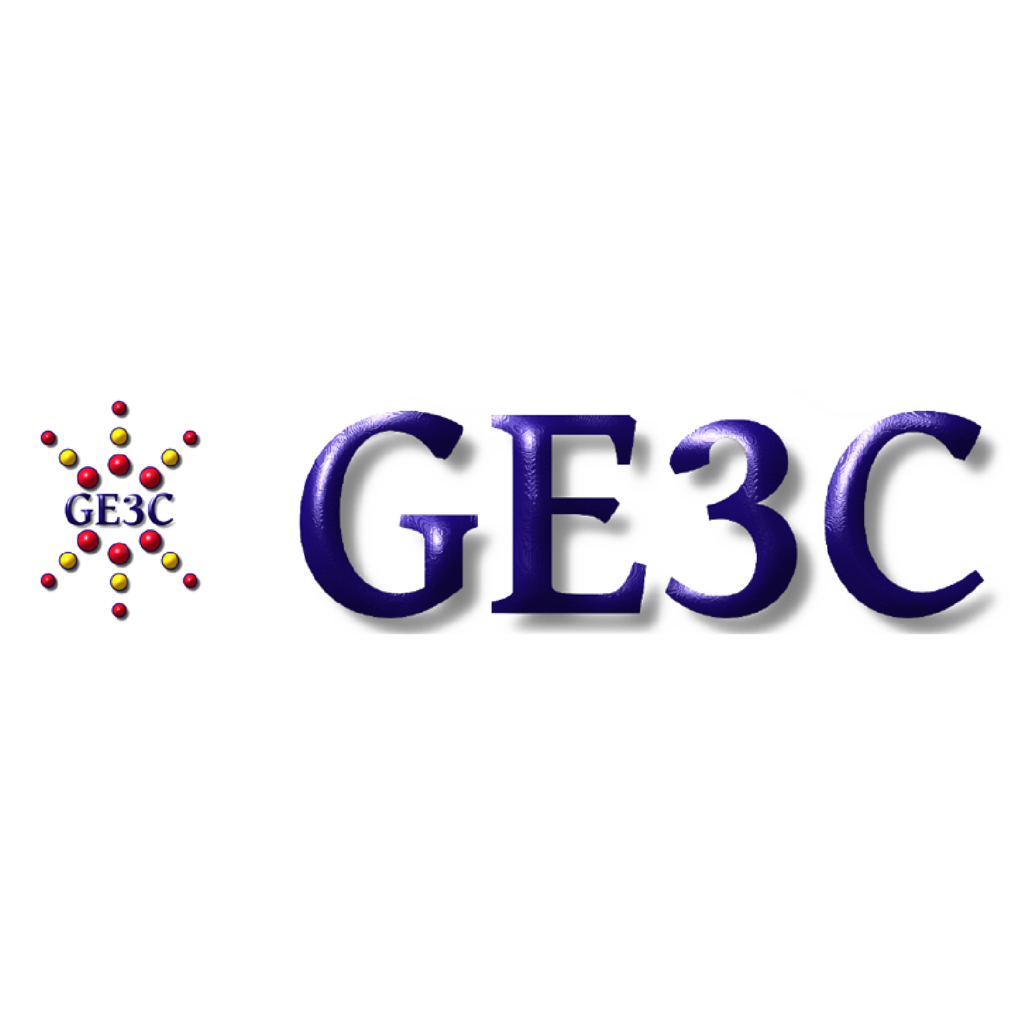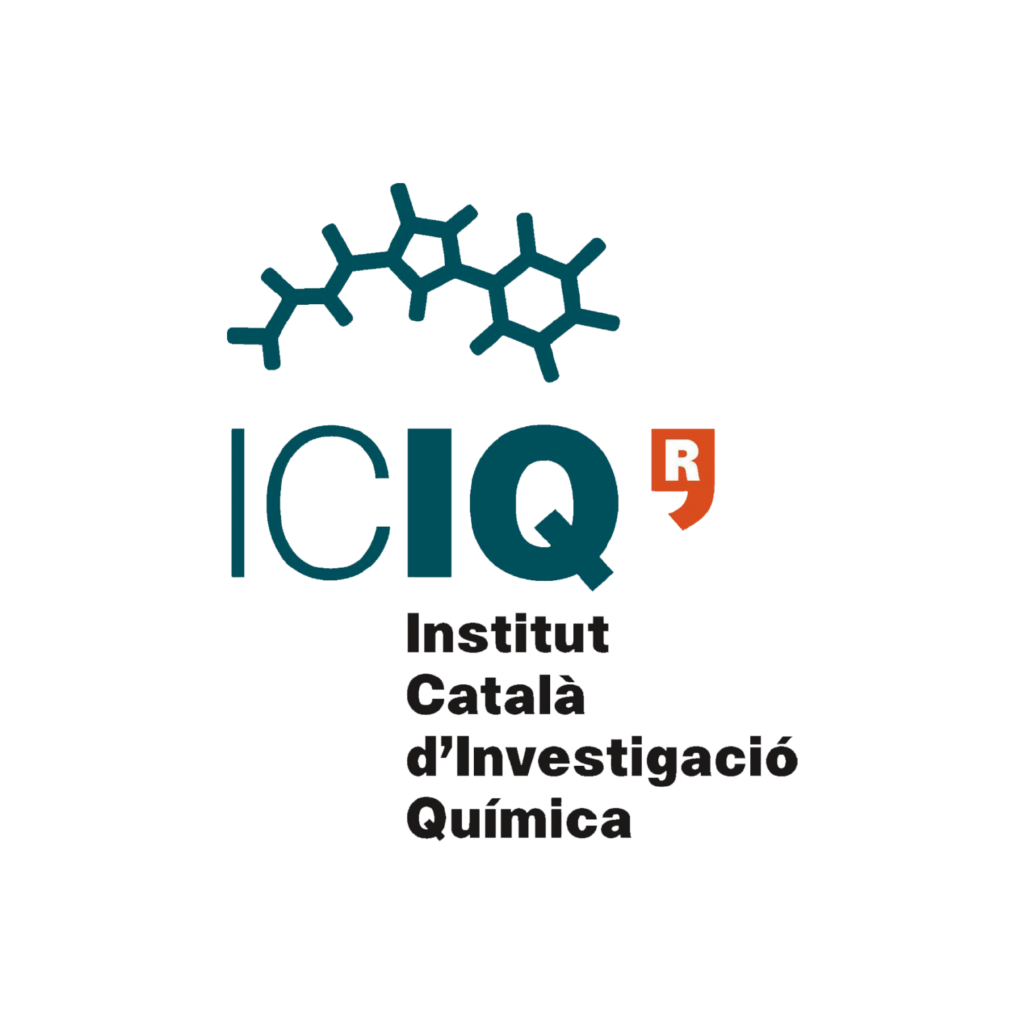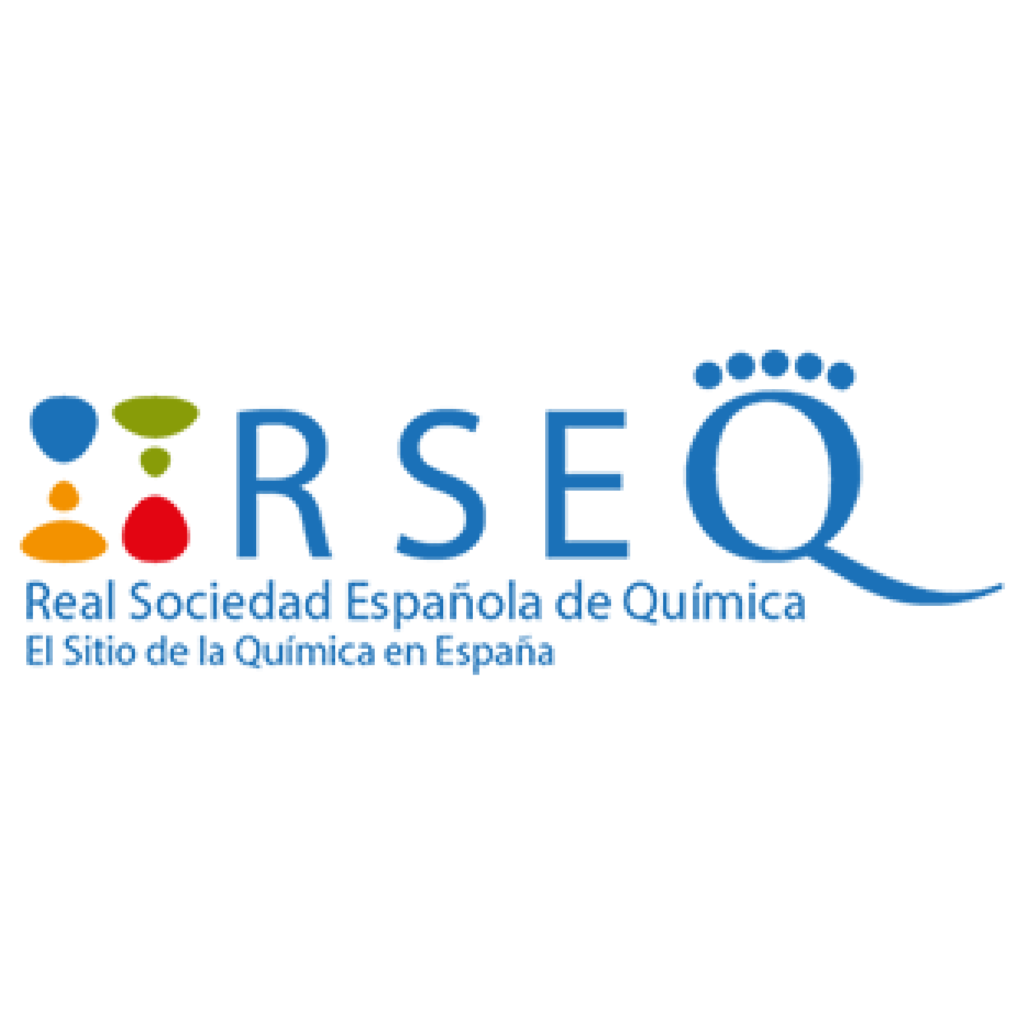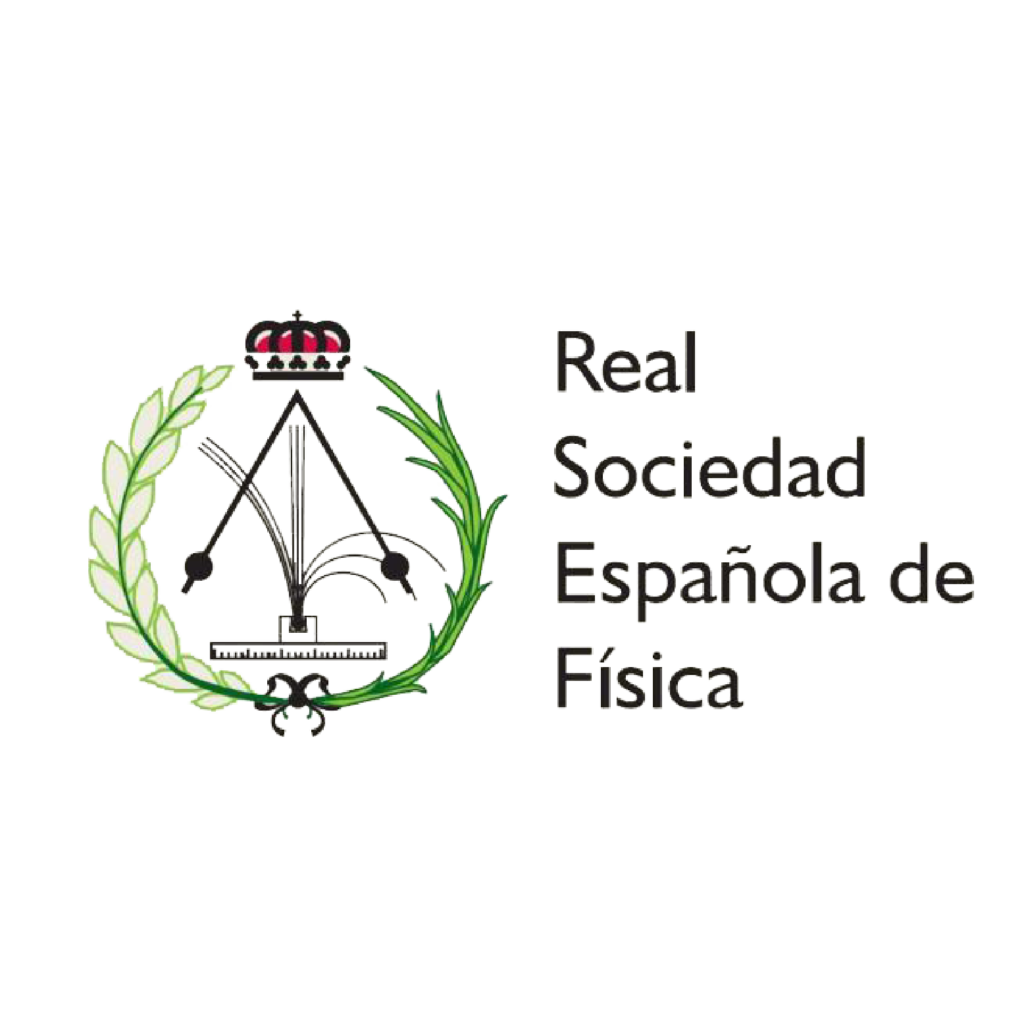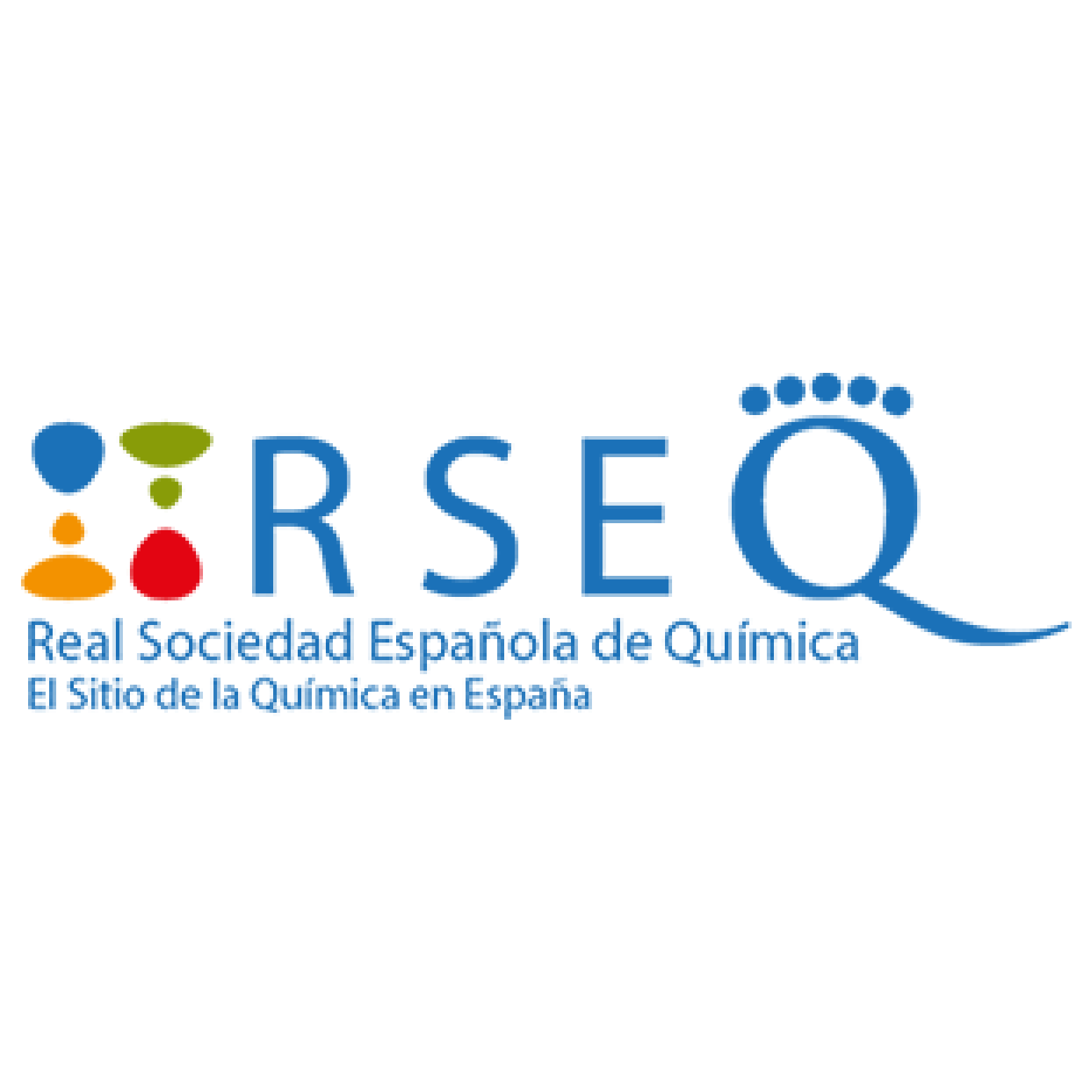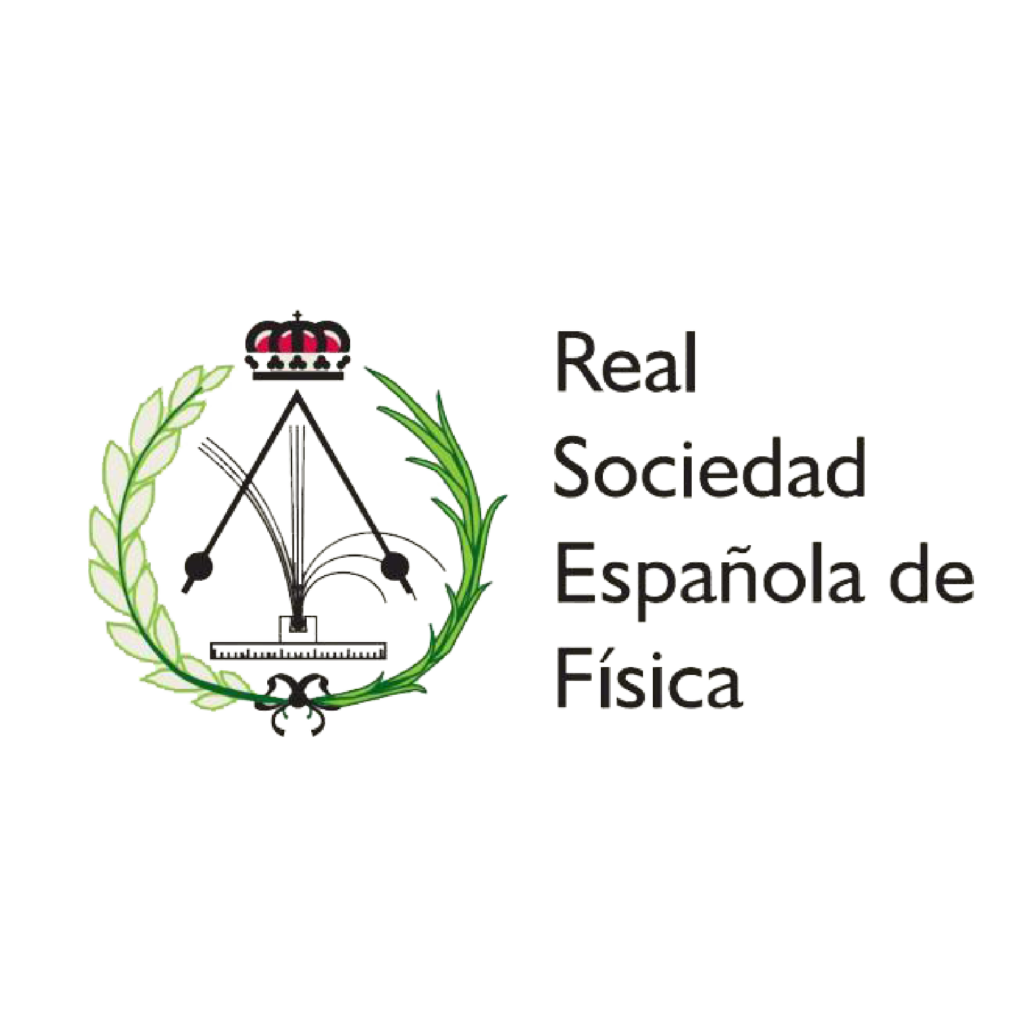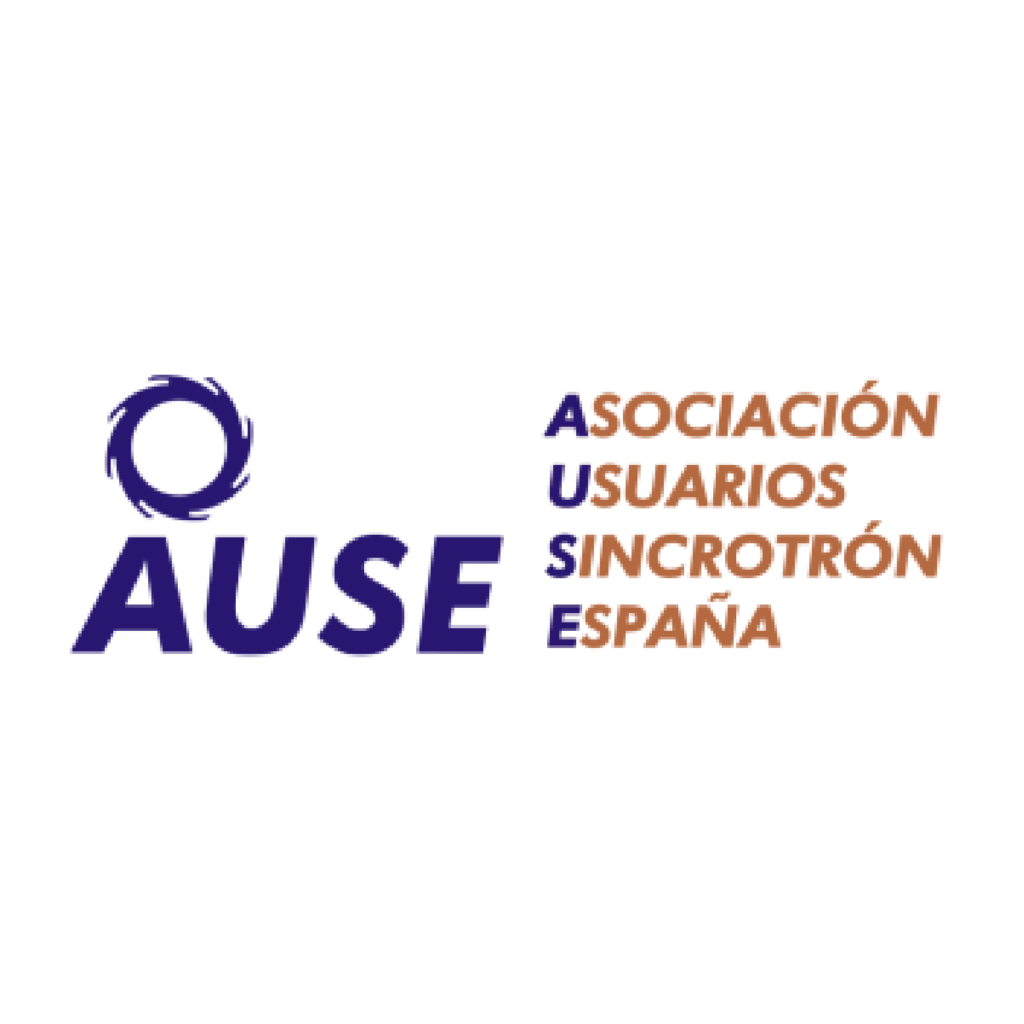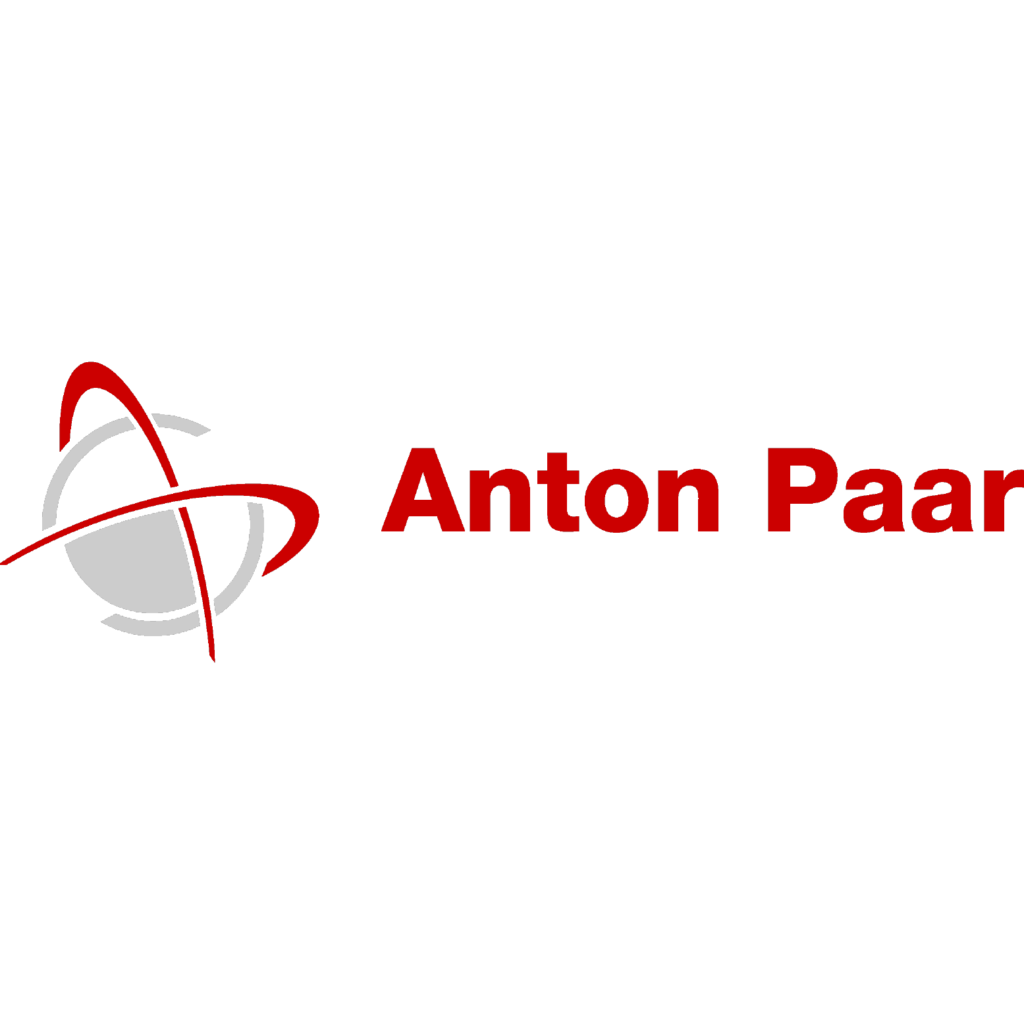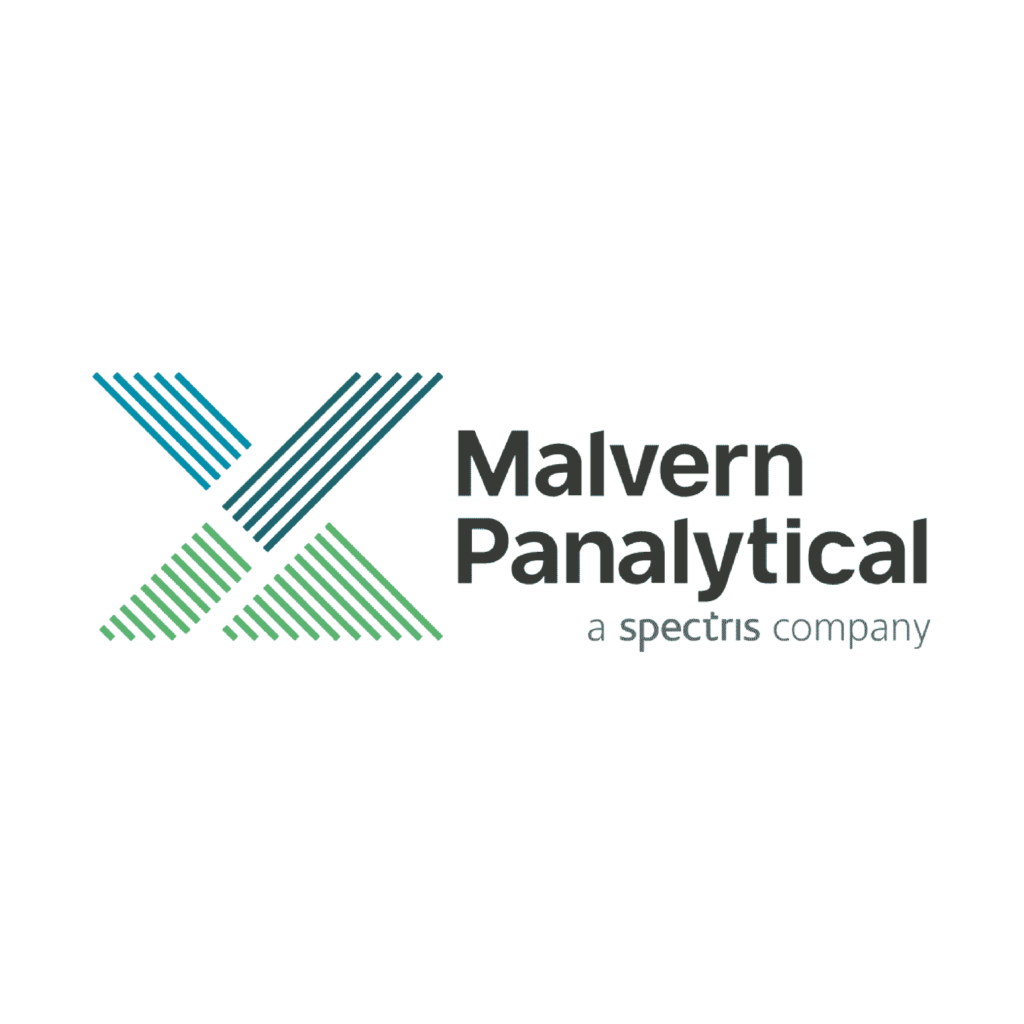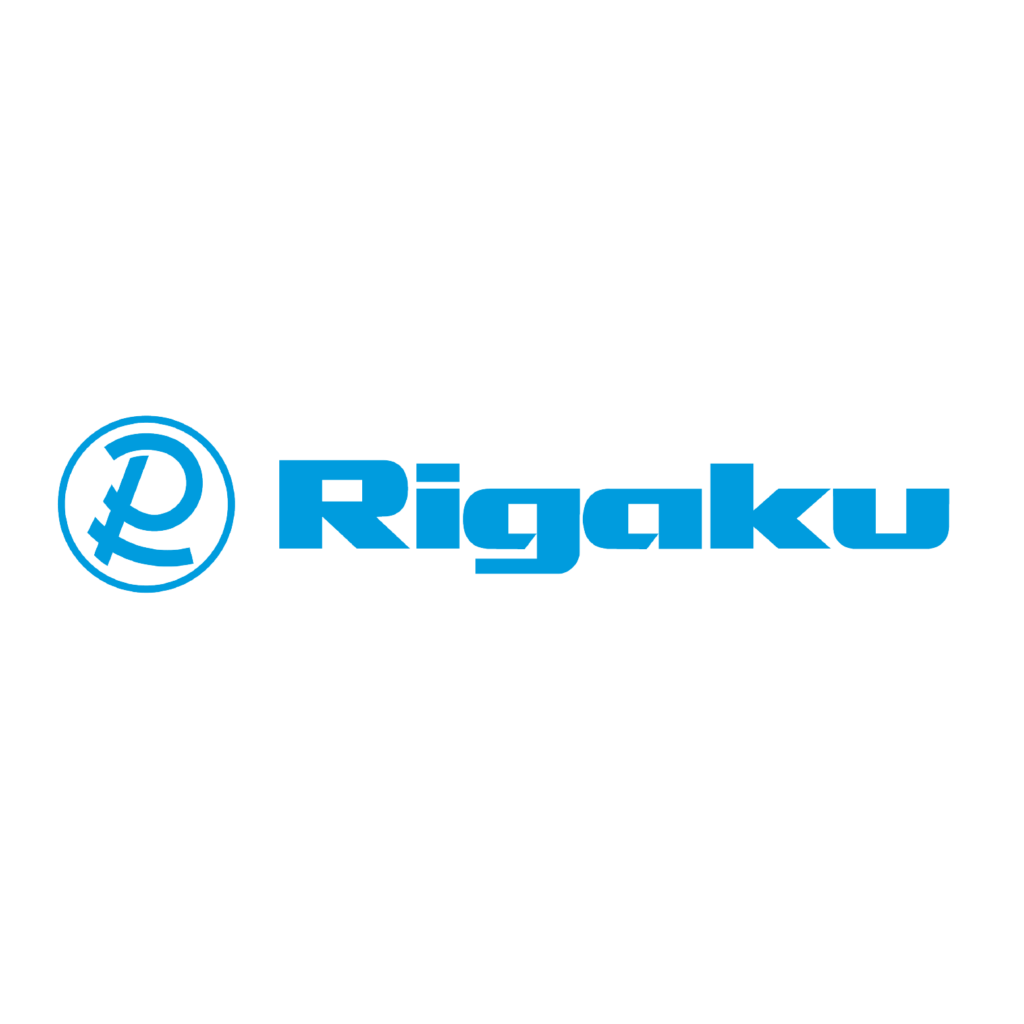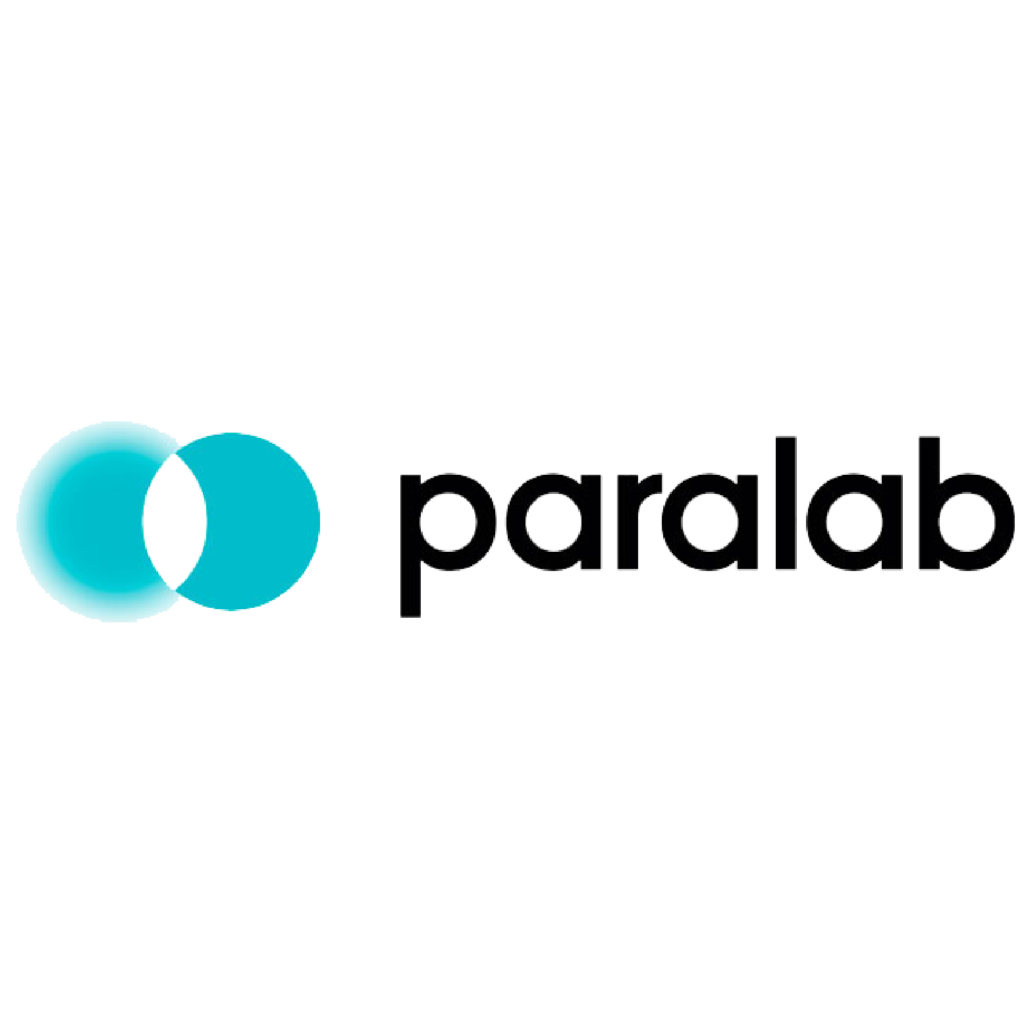Carolina von Essen pursued her chemistry studies at RWTH Aachen University in Germany and successfully obtained her PhD in metal-organic chemistry in 2016. Following that, she undertook a postdoctoral research program focused on metal-organic chemistry and single crystal X-ray diffraction at the University of Jyväskylä in Finland, working with Prof. Kari Rissanen. In 2022, Carolina joined Merck KGaA in Germany as a senior scientist, where she played a key role in supporting the commercialization of the crystalline sponge method, a groundbreaking technology for elucidating compound structures in minute quantities. Since 2022, she has been in charge of leading the crystallography laboratory within Merck KGaA’s analytical department.
Abstract
Absolute Structure Elucidation through the Crystalline Sponge Method: Challenges and Insights
In 2013, Makoto Fujita published a new technique commonly known as “crystalline sponge method” (CS-XRD), which enables crystal structure determination without crystallization in nano- to few microgram analyte quantities.[1] Even information on the absolute configuration of chiral centers can be provided.[2] The CS-XRD uses pre-existing single crystals of porous metal-organic frameworks [(ZnX2)3·(tpt)2·x(solvent)]n (X=Cl; tpt=2,4,6-tris(4-pyridyl)-1,3,5-triazine), which can absorb organic molecules in its pores and make them observable by conventional single crystal X-ray diffraction. Via diffusion, the analyte is absorbed into the porous CS and regularly aligned by non-covalent interactions [3,4]. As a result, the repetitive positioning of the analytes in each pore of the framework serves for structural analysis via X-ray diffraction.
Various literature proves the method’s broad applicability. For example, the combination of CS-XRD with MS or NMR data offers a great opportunity for scientists in drug metabolism and pharmacokinetics to assess the structure of metabolites produced in low amounts from in vitro studies.[5,6]
The presentation centers on absolute structure elucidation with the Crystalline Sponge method, highlighting the associated challenges and specific details.
References
[1] Inokuma Y, Yoshioka S, Ariyoshi J, Arai T, Hitora Y, Takada K, Matsunaga S, Rissanen K, and Fujita M (2013) X-ray analysis on the nanogram to microgram scale using porous complexes [published correction appears in Nature (2013) 495:461–466]. Nature 501:262.
[2] Zhou H, Han JT, Nöthling N, Lindner MM, Jenniches J, Kühn C, Tsuji N, Zhang L, List B (2022) Organocatalytic Asymmetric Synthesis of Si-Stereogenic Silyl Ethers J. Am. Chem. Soc., 144, 23, 10156–10161.
[3] Inokuma Y, Ukegawa T, Hoshino M, and Fujita M (2016) Structure determination of microbial metabolites by the crystalline sponge method. Chem Sci (Camb) 7:3910–3913.
[4] Sakurai F, Khutia A, Kikuchi T, and Fujita M (2017) X-ray structure analysis of n-containing nucleophilic compounds by the crystalline sponge method. Chemistry 23:15035–15040.
[5] Rosenberger l, von Essen C, Khutia A, Kühn C, Urbahns K, Georgi K, Hartmann RW, Badolo L (2020) Complete Structural Elucidation of Gemfibrozil Metabolites by Crystalline Sponges, Drug Metabolism and Disposition 48: 587-593.
[6] Rosenberger l, Jenniches J, von Essen C, Khutia A, Kühn C, Marx A, Georgi K, Hirsch AKH, Hartmann RW, Badolo L (2022) Metabolic Profiling of S-praziquantel: Structure Elucidation Using the Crystalline Sponge Method in Combination with Mass Spectrometry and Nuclear Magnetic Resonance.


